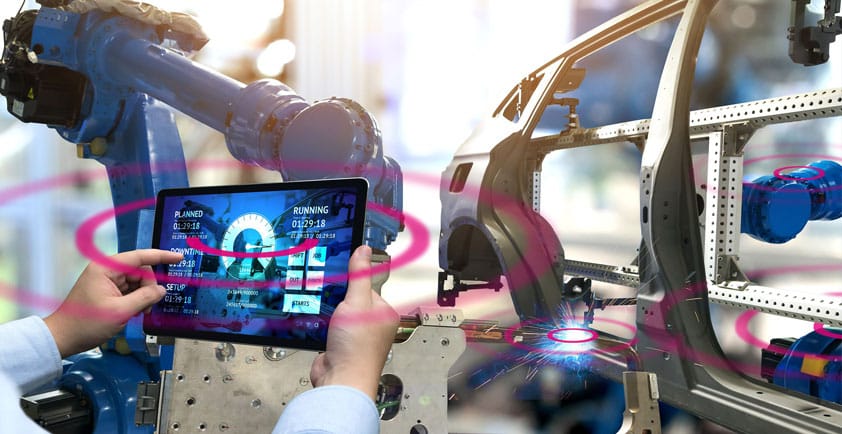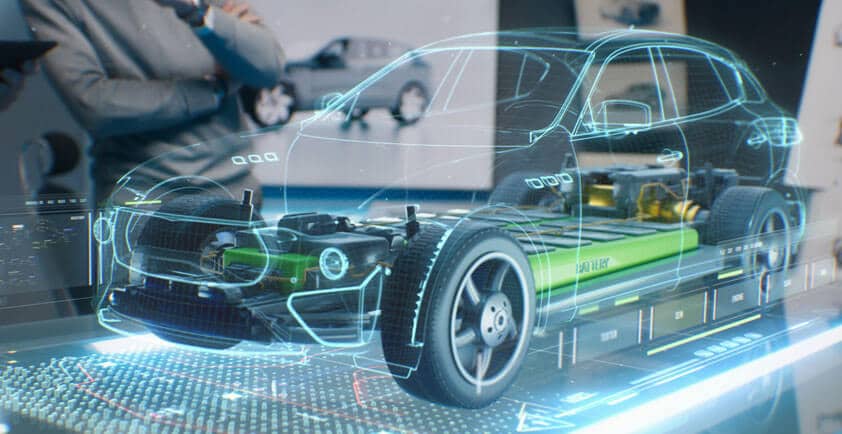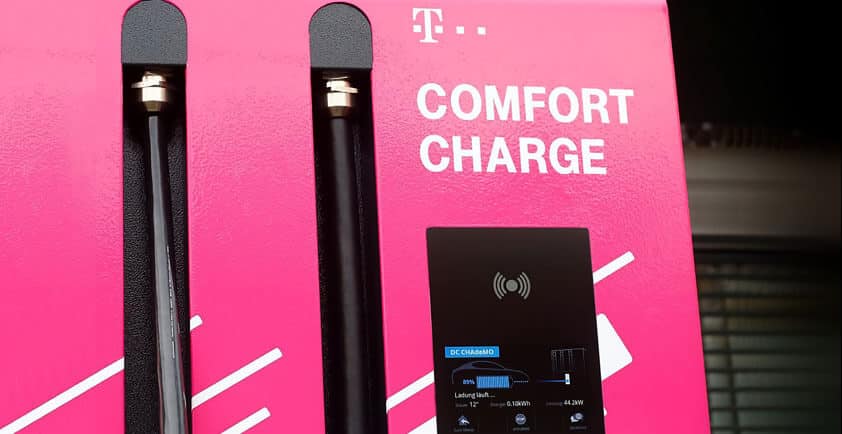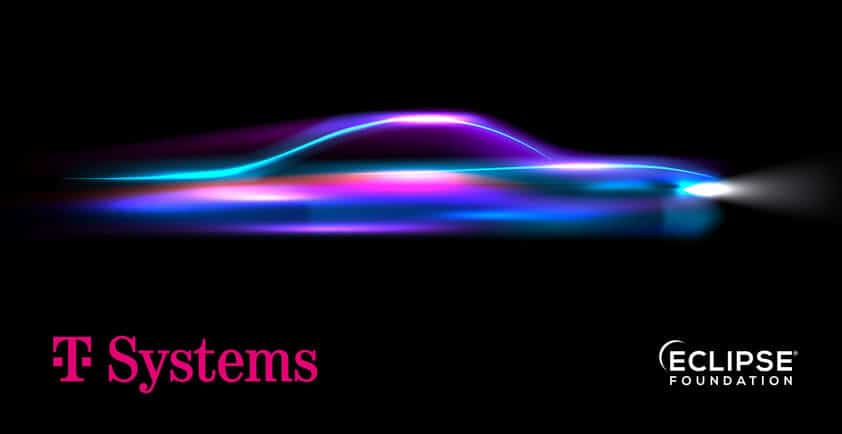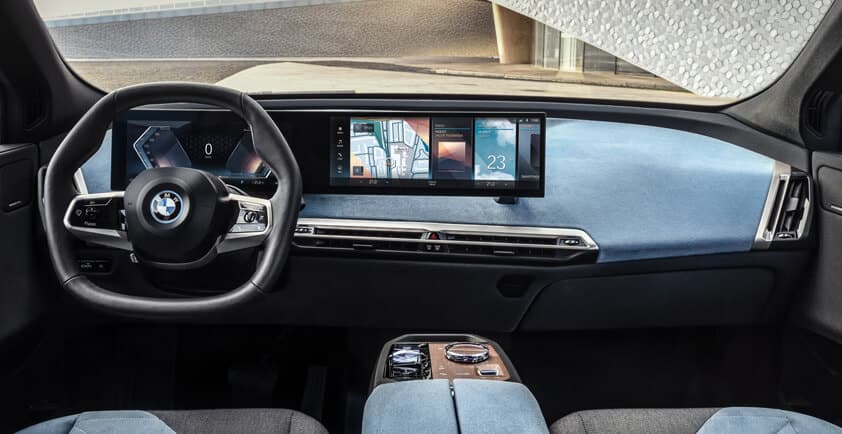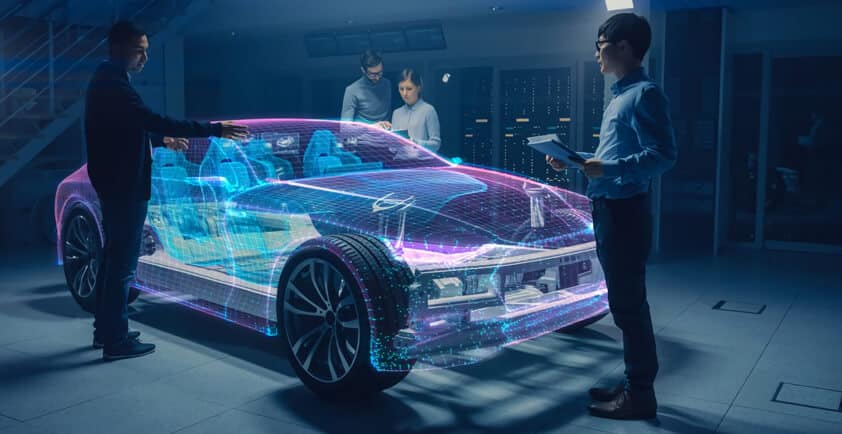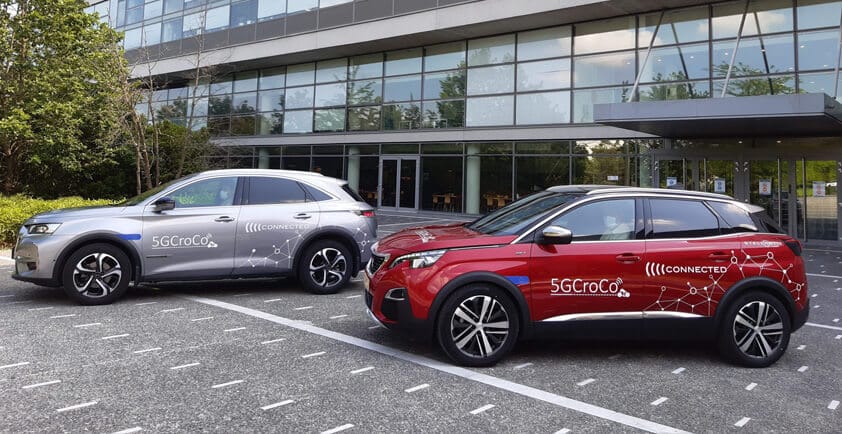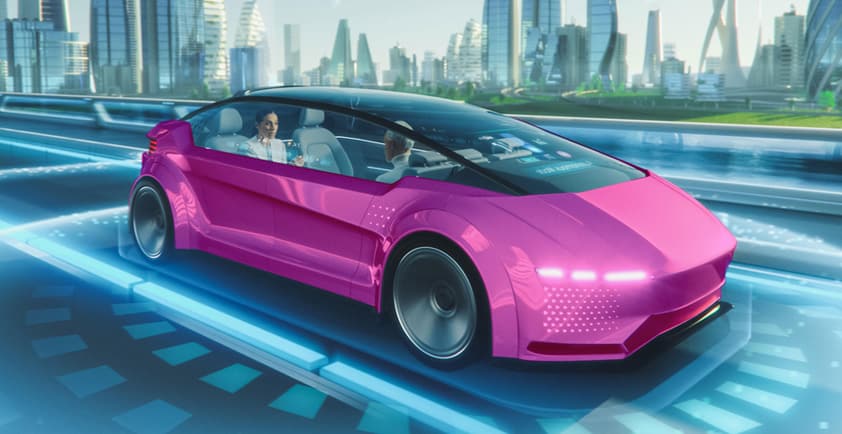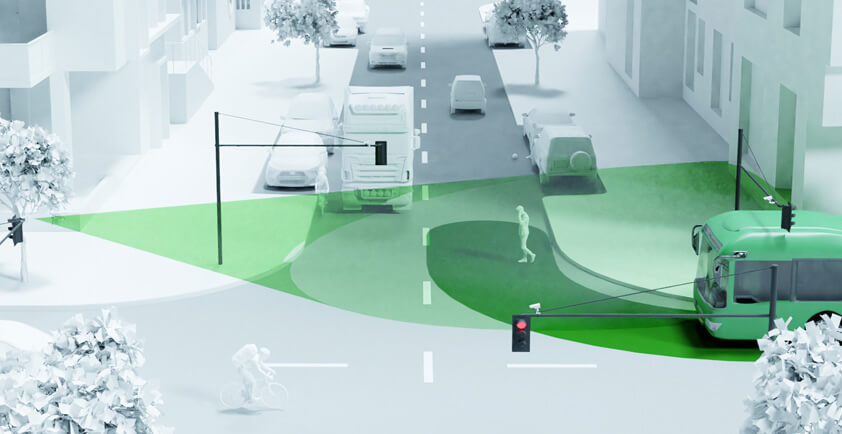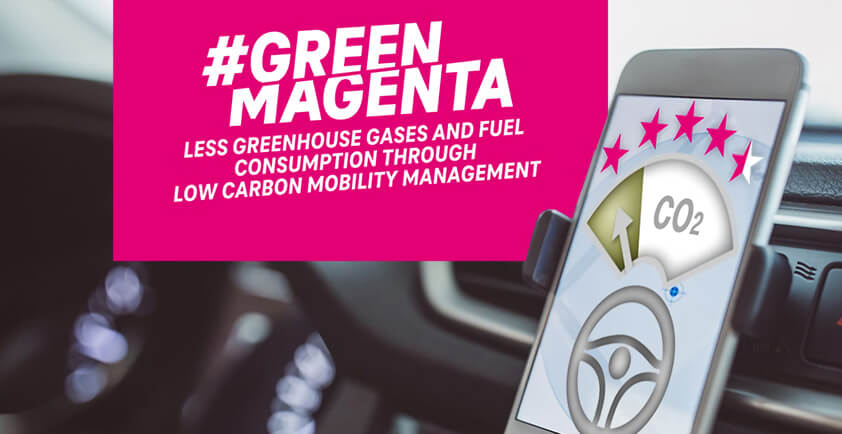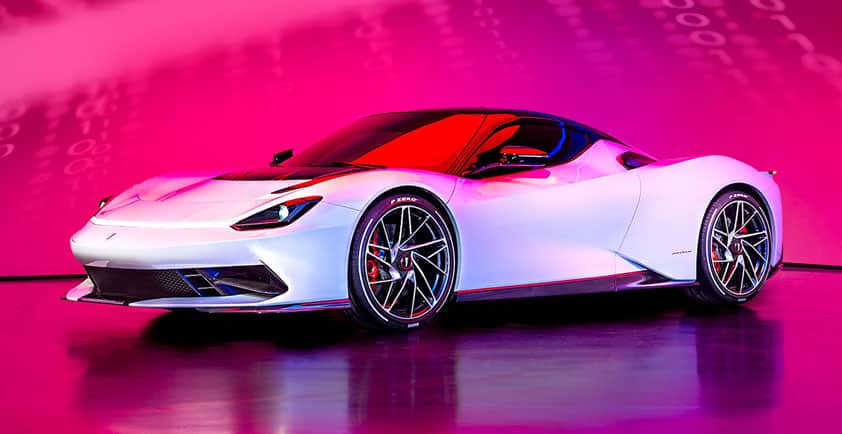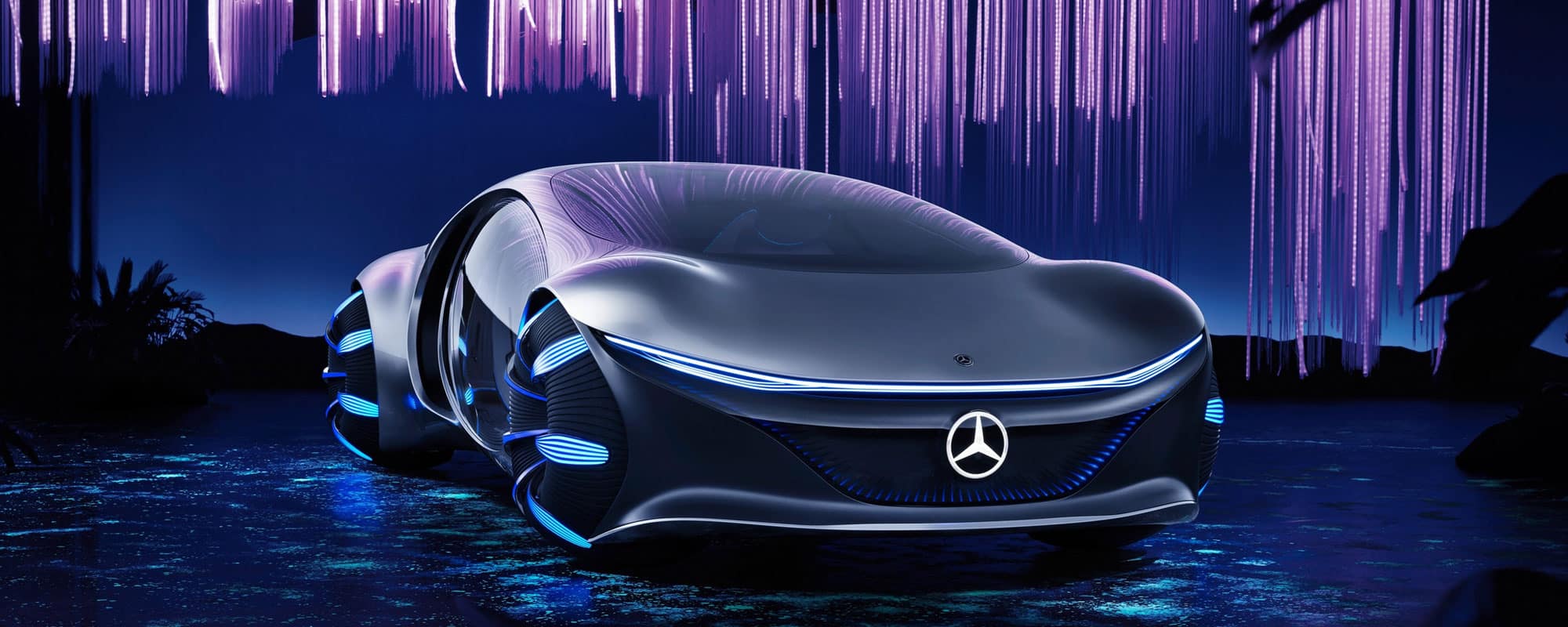
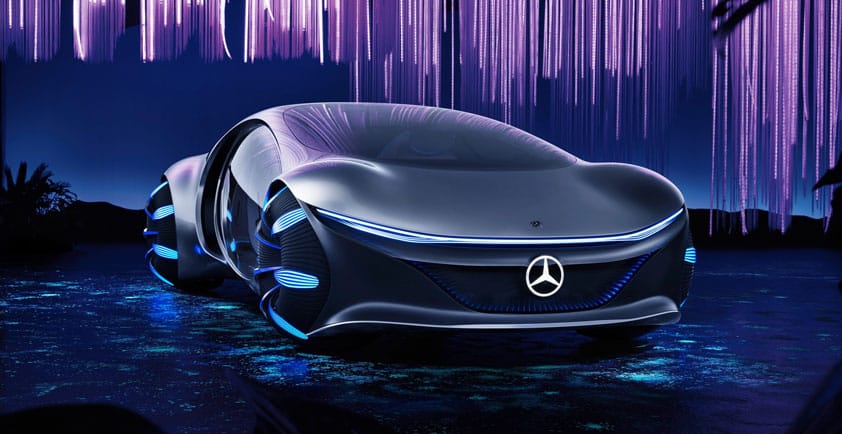
READY FOR THE DIGITAL MOTORIST?
>> Users also expect the functionalities of a smartphone from the car of the future.
Building new platforms for the car of the future
Car users are increasingly seeing their vehicle as part of their digital service system. They want to use all services "on board" seamlessly. A challenge for automotive manufacturers, but also a unique opportunity. Which components are needed to build a platform for the vehicle of the future which reflects the needs of different users?
Back to the present
In my last post I delved quite deeply into the automotive vision box. In this post I try to get back down to earth and develop the future of networked mobility from "today". In doing so, I would like to bring two perspectives together: On the one hand, the trends that shape the market – or in other words: What do vehicle users want, what do they expect from their next car? On the other hand, I want to look at the direction in which cars need to develop. Which means: What technologies and concepts do car manufacturers need for their products?
Let us first take a look at the automobile users. Because the cars of the future will have to meet their demands.
The "always on" car user
A few years ago, research showed that young people in particular first thought of the smartphone when they were asked about mobility solutions - instead of answering with "car". Admittedly, this realization has gathered dust since then, but in the midst of this dust glitters the famous grain of truth: The maxim is not "smartphone instead of car", but "smartphone plus car", as die WELT already wrote in 2013. Or maybe even better: The "car as a smartphone".
Based on this hypothesis, we see the following developments on the customer side:
> Automobile users will always be online in the future. They want to remain connected to the service ecosystem of their choice. And this extends across categories of different end devices and touch points.
> They want to use services (inside and outside their cars) without a great deal of fuss - and immediately. Payment and usage is "on demand".
> They are however torn between two poles: On the one hand they want highly integrated services, on the other they want security and privacy. In our opinion, however, the pendulum swings towards the former. Usability and simplicity are strong levers when it comes to widespread acceptance of solutions.
> "The" motorist of the future no longer exists. We have to deal with very different clientèle: the traditional drivers, passengers, fleet users and Mobility-as-a-Service fans And they all place individual demands on the car. In the different regions of the world, the wishes differ: For two-thirds of car buyers in China, a connected car, i.e. networking, is currently an essential purchasing criterion, whereas in Germany only a quarter of car buyers think this way.
> However, despite all the changes, one thing remains the same: A high-quality car remains the key to success, above all in the premium segment.
The car as part of the digital world
In summary: Digital services are becoming purchase criteria for cars. And this has also been confirmed by a Bitkom study: We must learn to understand the car as more than just a networked device within a network of end devices. It must be as easy to use as a smartphone, and it needs the same functionality. And the same ecosystem approach. Does this sound like manager talk now?
An example may help: If I install a new app on my iPhone, I might want to use it on my iWatch as well. And to do this, I don't need a big installation process. A simple push of a button is enough to use the app on my iWatch. Now imagine you replace the iWatch with your car. Wouldn't it be great if it were that easy to install the iPhone app in your car?
Instead of meeting the user in his own app world, automotive OEMs offer their own closed ecosystems. But why should the buyer spend a lot of money on a navigation system, if he could easily use the powerful navigation app of his smartphone for free? All services of the volatile app universe, such as TikTok etc., can be accessed on mobile phones simply. The car is being left out here, and is still seen only as a means of transportation.
"The crucial question is: When it comes to using digital resources and services in the car, could a "new simplicity" not ultimately prove to be a competitive advantage?" Oliver Bahns, Senior Vice President Connected Mobility, T-Systems, Digital Solutions
The software-defined car
The answer sounds simple: Onwards to the software-defined car! In the future, the differentiation and a considerable part of the added value of a car will be created on the virtual/digital level.
Six prerequisites are relevant for this:
> Automotive manufacturers must separate applications and services from the underlying technologies and hardware. This creates a flexible foundation for further developments in the future. As it happens, this is precisely the concept that the IT industry successfully introduced years ago under the heading of virtualization.
> Independence from physical components: Vehicle, telco edge and cloud backend functions are completely software-defined and based on a consistent technology stack for networked cars.
> All vehicle systems are available for software updates and content streaming such as media, maps, games, new functions, etc.
> Vehicle fleets will "collaborate" with the environment. And this includes the infrastructure as well as other cars. V2X communication - which allows vehicles to connect to anything over the Internet - requires advanced sensor enabling, fusion and situation awareness, but most importantly, it requires binding industry standards. Based on this, an automotive ecosystem can be created that is worthy of the name "ecosystem".
> Human-machine interfaces (HMI) combine utilization of the car with the utilization of other digital services: Digital assistants and personalized services become possible without interruption. An important foundation for such user-friendly HMIs is biometric identification.
> Vehicle resources and services are activated as needed and for a limited time. Cars have a unified kernel that is complemented by additional computing and service resources from external sources such as the cloud or edge.
The platform for the car of the future
Digitization is everywhere: Networked consumers expect networked driving. Networked driving means integrating "car time" into the "life time" outside the car. An intelligent vehicle platform must be able to master this task. It therefore makes an important contribution towards the added value of the car. Future networked vehicle platforms will become 360-degree service platforms. They will be the basis for a wide range of different services - which also go well beyond the car itself. Initially, individual customer service, fleet and individual vehicle management will be covered. To this end, they will maintain customer relations and offer a feature-on-demand marketplace. And last but not least, they will provide access to ecosystem services of automotive manufacturers and third party providers. They will become a digital customer interface, an in-car store that leads to different offers and enables new business models to be designed.
Author - Oliver Bahns, Senior Vice President Connected Mobility, T-Systems, Digital Solutions
